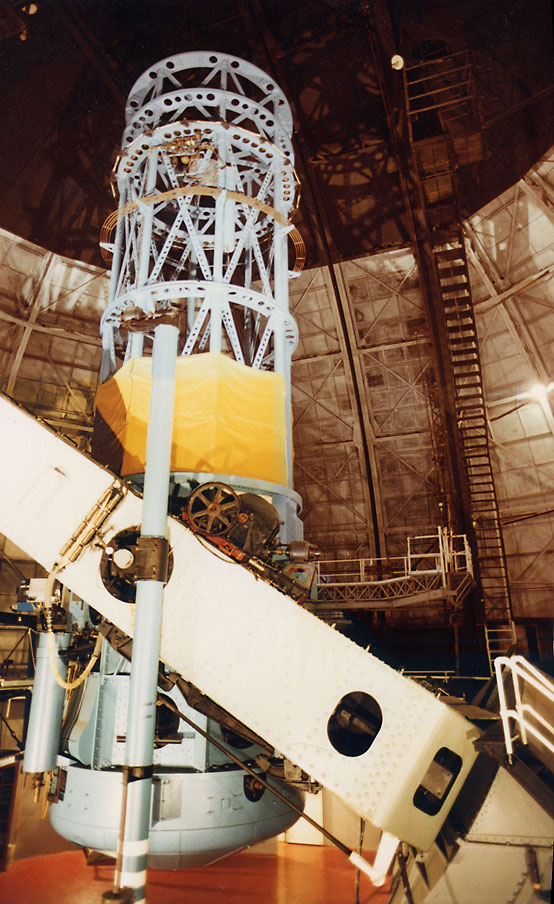Astronomy 101
- Introduction to Astronomy
- The Solar System
- Stars and Galaxies
- The Milky Way and Other Galaxies
- Telescopes and Observatories
- The Sun and the Moon
- The Earth and the Sky
- Space Exploration
- Astrobiology
- Space-Time and Relativity
- Black Holes and Neutron Stars
Telescopes and Observatories
Types of Telescopes

Instrument that aids in the observation of remote objects.
Telescopes are one of the most important tools in the field of astronomy. They allow us to observe celestial objects and phenomena that are far beyond the reach of the naked eye. In this unit, we will explore the different types of telescopes, their unique characteristics, and their specific uses.
Refracting Telescopes
Refracting telescopes, also known as refractors, are the earliest type of telescope and work by using two lenses to bend light and magnify an image. The larger lens (known as the objective lens) captures incoming light and bends or refracts it to a single point inside the telescope. The smaller lens (the eyepiece) magnifies the image for viewing.
Refracting telescopes are excellent for viewing the moon, planets, and other objects within our solar system. They provide clear, high-contrast images and require little maintenance. However, they can be quite large and heavy, making them less portable than other types of telescopes.
Reflecting Telescopes
Reflecting telescopes, or reflectors, use mirrors instead of lenses to collect and focus light. The primary mirror (usually concave) gathers the light and reflects it to a focal point. A secondary mirror then redirects this light into the eyepiece where it can be viewed.
Reflecting telescopes are particularly good for viewing objects outside our solar system, such as galaxies and nebulae. They can collect more light and provide higher resolution images than refractors of the same size. However, the mirrors in reflecting telescopes can require more maintenance, as they may need to be recoated or realigned over time.
Compound Telescopes
Compound telescopes, also known as catadioptric telescopes, combine the principles of both refracting and reflecting telescopes. They use a combination of lenses and mirrors to fold the optics and form an image. There are several types of compound telescopes, but the most common are the Schmidt-Cassegrain and the Maksutov-Cassegrain.
Compound telescopes are very versatile and can be used for a variety of astronomical and terrestrial viewing. They are more compact and portable than other types of telescopes, making them popular for amateur astronomy. However, they can be more expensive due to their complex design.
Radio Telescopes
Radio telescopes are a different kind of telescope that detect radio waves instead of visible light. They have large dish-shaped reflectors that collect and focus the radio waves onto an antenna. Radio telescopes allow astronomers to study celestial objects that are not visible in other wavelengths of light.
In conclusion, each type of telescope has its own strengths and weaknesses, and the choice of telescope depends on what you want to observe. Whether you're interested in observing planets, galaxies, or anything in between, there's a telescope designed to meet your needs.